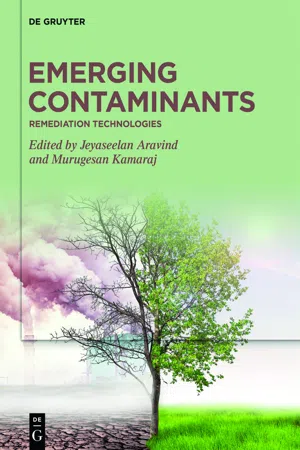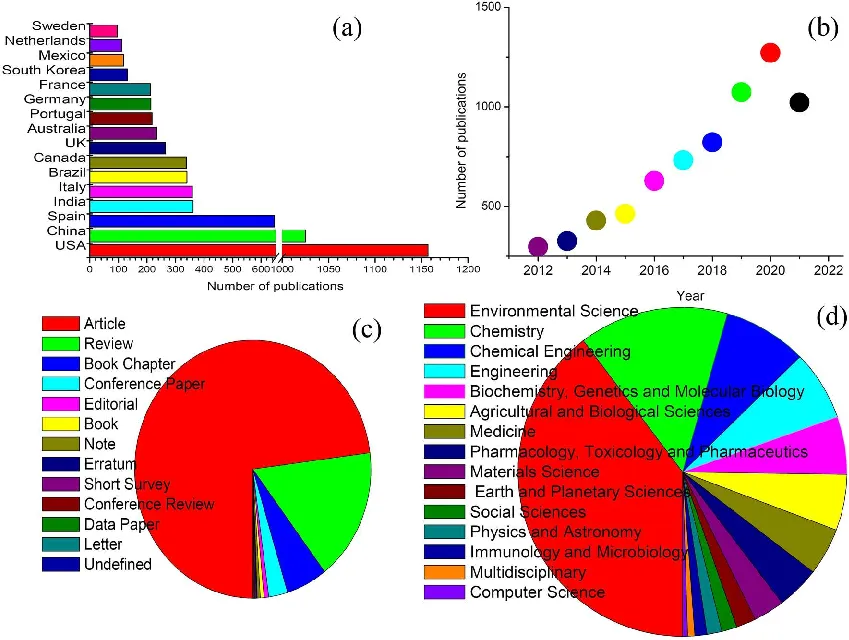
Emerging Contaminants
Remediation Technologies
- 251 pages
- English
- ePUB (mobile friendly)
- Available on iOS & Android
Emerging Contaminants
Remediation Technologies
About this book
The increased demand due to anthropogenic activity leads to emerging contaminants, resulting in a substantial environmental hazard. The long-term presence and exposure of contaminants lead to severe negative impacts on the environment, humans, and other life forms. Hence, emerging contaminants in the environment is a worldwide concern, and new technologies to mitigate these contaminants are being developed. This book covers the source, occurrence, toxicity, and detection techniques of a wide range of emerging contaminants. This collection also discusses the scope and applications of diverse techniques, including Bio/Phyto and Nano-remediation technologies, to mitigate the emerging contaminants; along with their sustainability issue and prospects. As a result, this book appears to provide insight into several modern and environmentally friendly waste management options, the possibility to minimize and lessen the effects of contaminants, and striving to lower toxicological endpoints to assure environmental safety. This book delivers the most recent advancements by prominent specialists in environmental sciences to academics, researchers, students, and practitioners interested in the identification and eradication of emerging pollutants from the environment.
Frequently asked questions
- Essential is ideal for learners and professionals who enjoy exploring a wide range of subjects. Access the Essential Library with 800,000+ trusted titles and best-sellers across business, personal growth, and the humanities. Includes unlimited reading time and Standard Read Aloud voice.
- Complete: Perfect for advanced learners and researchers needing full, unrestricted access. Unlock 1.4M+ books across hundreds of subjects, including academic and specialized titles. The Complete Plan also includes advanced features like Premium Read Aloud and Research Assistant.
Please note we cannot support devices running on iOS 13 and Android 7 or earlier. Learn more about using the app.
Information
1 Occurrence, fate, and toxicity of emerging contaminants in a diverse ecosystem
Abstract
1.1 Introduction

1.2 Sources and fate of ECs
Table of contents
- Title Page
- Copyright
- Contents
- 1 Occurrence, fate, and toxicity of emerging contaminants in a diverse ecosystem
- 2 Techniques for the detection and quantification of emerging contaminants
- 3 Advances in biopolymer composites and biomaterials for the removal of emerging contaminants
- 4 Development in nanomembrane-based filtration of emerging contaminants
- 5 Metal nanoparticles and its application on phenolic and heavy metal pollutants
- 6 Nanobiocatalysts and photocatalyst in dye degradation
- 7 Trends in microbial degradation and bioremediation of emerging contaminants
- 8 Recent endeavors in microbial remediation of micro- and nanoplastics
- 9 Phytoremediation as an effective tool to handle emerging contaminants
- 10 Recent advances and prospects for industrial waste management and product recovery for environmental appliances: a review
- Index